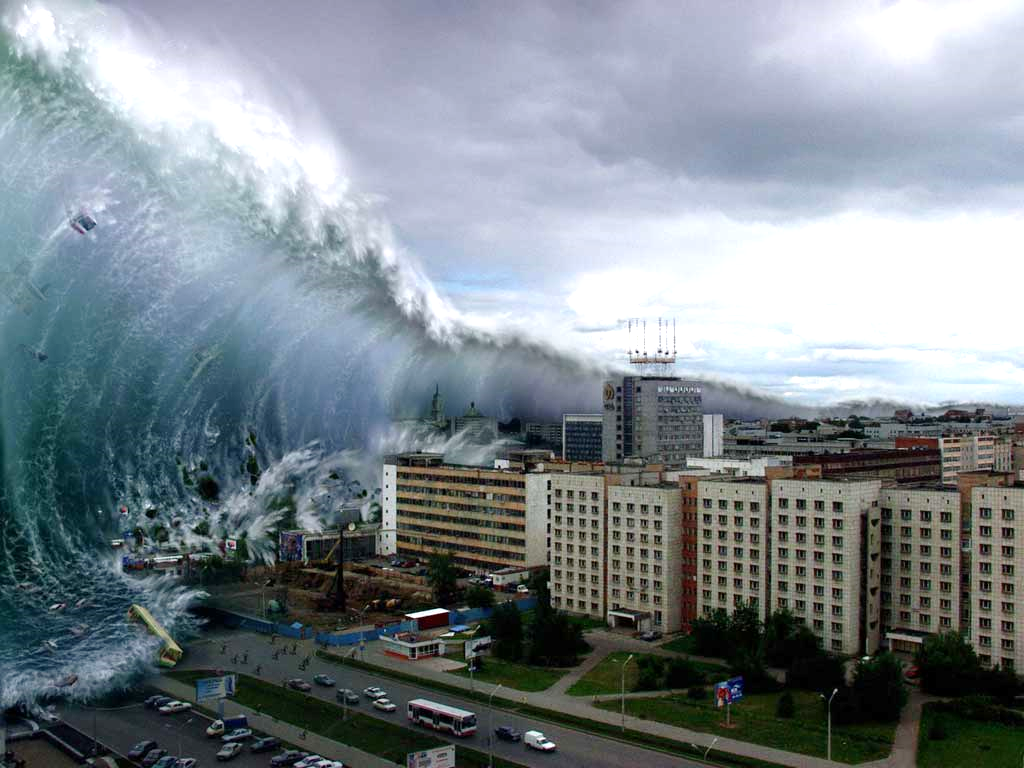A tsunami from the Indian Ocean in 2004 washed up the shores of various nations in South and Southeast Asia. The tsunami and its aftermath caused widespread devastation and loss of life along the Indian Ocean coast.
On this day, December 26, 2004, at around 7:59 AM local time, an underwater earthquake with an estimated magnitude of 9.1 hit off the Indonesian island coast of Sumatra. And over the next seven hours, the quake triggered a tsunami series of gigantic ocean waves that stretched out across the Indian Ocean, damaging coastal communities as far away as East Africa’s coastlines. Some sites claimed that the ocean waves had reached an estimated height of 9 meters or more at the time they impacted the coastline.
It is estimated that at least 225,000 people were killed and millions of homes were destroyed in eighteen nations as a result of the tsunami. Indonesian officials estimated that the death toll there alone ultimately approached 200,000, mainly in the province of Aceh (northern Sumatra).
There were reports that tens of thousands were either killed or missing in India and Sri Lanka, a huge number of them from the Nicobar Islands region and the Indian Andaman Islands. The island nation of the Maldives, a low-lying archipelago, reported well over a hundred deaths, missing persons, and significant economic losses. Thousands of non-Asian visitors visiting the area were reported missing or killed.
The shortage of clean water, food, and medical treatment, combined with the immense job faced by relief workers trying to deliver the needed supplies to some distant places where roads had been wrecked or where civil war raged, extended the list of victims.
Villages, tourist spots, farmland, and fishing grounds were all destroyed or swamped by debris, bodies, and plant-killing saline water, resulting in long-term environmental devastation.

